|
The spring weather has once again turned cold and rainy, with a few tumultuous thunderstorms and tornados thrown in for good measure. So, the other evening after uprighting deck furniture and an overturned grill in the pouring rain, it seemed like a good time to open a bottle of Warre’s Otima 10, an aged 10-year-old tawny port that I received as a gift a few months ago. Warre’s is considered to be the oldest British Firm in Portugal to ship Port. Warre’s roots go back to 1670 when two Englishmen opened offices in northern Portugal as a general trading company that exported wines, olive oil and fruit. The company was known then as Burgoyne & Jackson. Through the years new partners were added, marriages formed and the business name changed several times. In 1729 William Warre became a partner and the name of the company changed to “Mssrs Clark, Thornton & Warre”. Warre was born in India in 1706 and was the first Warre to arrive in Portugal. His parents and grandparents were longtime established members of the East India Company. Warre went on to create a family Port dynasty and by the end of the 18th century, Warre & Sons had become one of the leading companies to export Port. He was also the first British National to buy land in Vila Nova da Gaia. Warre’s fifth child, James Warre was a highly regarded figure in the Port trade for more than 50 years. The Symington family, which has an illustrious ancestry in the Port trade extending over a period of 350 years and 13 generations, now owns Warre’s. Andrew Symington was born in Scotland and came to Oporto in 1882. He worked with the Warre family and eventually became a partner of Warre & Co. in 1905. By 1908, Symington became the sole owner of the company. The present generation of Symingtons are owners and managers of Warre’s and other family Port companies. They own 26 quintas (vineyards) in the Alto Douro, 2,461 hectares of land. In addition to Warre’s, these estates are the foundation for the different wines of Graham’s, Cockburn’s, Dow’s, Quinta do Vesúvio and the Symington family’s Douro DOC wines. Warre’s Otima 10 is a ten-year-old tawny Port. The grapes are a blend of traditional Portuguese varieties from the Douro Valley. The wine is matured for ten years in seasoned oak casks. The color is between ruby and amber with delicate aromas of caramel, dried fruit and wood. The palate offers a nice balance of fruit and almonds with toffee, honey, toast and spice notes. This Port is smooth, beautifully balanced and full-bodied. It was the perfect “calm” after the storm.
Alcohol: 20% SRP: $26 Memorial Day weekend is coming up fast. I’m already chilling rosés, sparkling wines and a few other treats to kick off what I hope to be the start of a fantastic summer! What will you be pouring in your glass? Cheers! Penina To leave a comment or if you have an inquiry, please contact me at [email protected]  Portugal is located in the Southwest corner of Europe in the Iberian Peninsula. It is the westernmost country of Europe and surrounded by Spain to the North and East and the Atlantic Ocean to the South and West. What makes Portugal so unusual with regards to wine is that it boasts a remarkable number of grape varieties that cannot be found anywhere else in the world. In fact, many of the Portuguese grape varieties are restricted to the national territory. There are 250 indigenous grape varieties officially registered. The Alvarinho, Baga and Touriga Nacional grapes are probably the most widely known by name. Portugal is divided into fourteen Regional Wine areas. Each region has a unique geography and climate, influencing the production of the grapes. I had an opportunity to taste some very interesting wines from these regions at the Wines of Portugal event at the City Winery in New York. Most of the wines I tasted were blended, using several national grape varieties, as is their tradition to combine grape varieties rather than use 100% grape. In fact, some winemakers will blend more than twenty varieties to attain the perfect balance. However, there are a few regions that boast a single variety grape, such as Bairrada, using the Baga grape (red) and Moncao/Melgaco in the Vinho Verde region, using the Alvarinho grape (white). The most “popular” of the white grapes are Alvarinho, Arinto/Pederna, Encruzado and Fernao Pires/Maria Gomes. The popular red grapes are Baga, Casteao, Tinta Roriz, Touriga Franca, Touriga Nacional and Trincadeira/Tinta Amarela. As I traversed from table to table and region to region I was introduced to a variety of blends. There were 30 tables, with many bottles to sample at each table. Most of the whites were refreshing, a few sparkling wines stood out, as well as some hearty reds and port. My objective with my post today is to touch upon a few of the regions and wineries and to discuss the rest in future posts. Adega de Redondo is one of the largest wine producers in Portugal and is located in the Alentejo wine region which covers a third of Portugal in the southern half. The climate is hot and quite challenging to grow white grapes. I met with Alexandre de Cunha who guided me through a tasting of their wines. I took note of the AR Reserva 2011 made with Touriga Nacional, Syrah and Alicante Bouschet. The color was deep red with intense aromas of dark fruit and cocoa that carried over to the palate. Tannins were strong and he suggested decanting it for an hour prior to serving. The Real Lavrador Branco 2014 was a white wine made with Roupeiro and Rabo de Ovelha grapes. It was dry and zesty but pleasant with citrus and fruit on the palate. The next table offered wines from the region of Porto and Douro. The winery, Quinta Do Portal, is based in the Douro Valley of northern Portugal. Douro was the first wine region to be designated and regulated in 1754. It is also a UNESCO World Heritage site. Douro, known for supplying the world with its production of port is now being regarded for its unfortified wines. Quinta Do Portal has a lovely sparkling wine. It was very appealing, dry and fruity. The Touriga Nacional (100%) 2009 was dark ruby with heavenly aromas of dark fruit. Raspberry and dark currant dominated the palate. Strong tannins made for a chewy finish. The 10-year-old Tawny Port was cherry red in color and was a nice combination of sweet and nuttiness with a long finish. 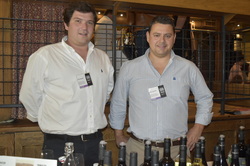 Carlos Queiros and Filipe Ferreira Carlos Queiros and Filipe Ferreira Quinta Da Foz also located in Porto and Douro was established in 1876 and one of the oldest producers in the Douro. I asked Carlos Queiros to select one wine for me to taste. He poured a Red Reserva 2011, a red blend of very old vineyards. Vinified in granite tanks, it is then aged for 18 months in French oak barrels. Although the tannins were “thick”, the fruit and smokiness came through. It is unfortunate that I didn’t have time to wait for it to open up. And speaking of time, I must end this post with the promise that I will continue tomorrow covering more regions and vineyards.
Saúde! Penina 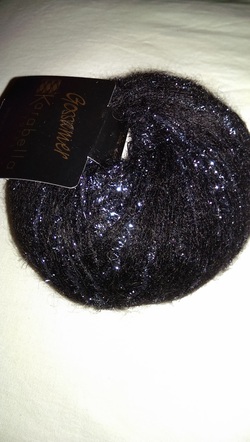 I finally chose a yarn for my knitting project. It will be quite simple but elegant. This is the yarn that I intend to use. It is Kid Mohair, nylon, a touch of polyester and made in Italy. I love the shimmer in it! I may add more texture or adornments as I progress. As for what I am making…well…you will see!  Yesterday was a flurry of activity. Ran to the “big Apple” for a few hours and then back home for afternoon appointments. In other words, a non stop day. I was in dire need of “me” time. 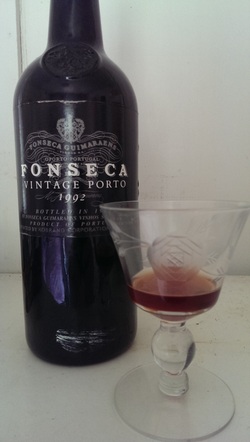 My eyes were half-mast by early evening, but felt the need to take a “taste” of port before retiring for the evening. It was 1992 Fonseca Vintage Porto that I reviewed on 7/15/14 “Day 36”. Check it out! It was the perfect nightcap. Another busy day ahead. Hurry up weekend!!
Cheers! Penina  The sultry day turned into a pleasurable evening. After cooling off with a swim, I noticed that it was getting close to cocktail hour. So a nicely chilled Pierre Matrot 2007 Meursault-Charmes 1st Cru was opened. This lovely white Burgundy had a faint aroma of honeysuckle and apple butter. The color was a rich golden yellow. I tasted baked apple, hazelnuts and chalk with a pleasant buttery finish. The wine carried over into dinner and went well with the filet of sole, roasted brussel sprouts and tortellini. I ended the evening with a little sip of Fonseca Port. Ahhh…
Cheers! Penina Since it is a rainy day I decided to go through my liquor cabinet to hopefully organize it more ergonomically…if that’s even possible! While sorting through bottles of spirits and wines that haven’t been touched in years, I stumbled across a bottle of Cherry Heering. When is the last time you used this liqueur? And what do you really know about it? I confess that I was a little intrigued, so I did some research. This remarkable liqueur created by Peter Heering has been produced in Denmark since 1818. And, the best part is that it is ALL NATURAL! Cherry Heering is made by soaking lightly crushed Danish cherries and a blend of spices in neutral grain spirits. It is then cask-matured for up to five years adding sugar during the aging process. It is a deep ruby color and actually tastes good…no candy or cough drop flavor that one expects from a cherry liqueur. See more at http://www.cherryheering.com/ 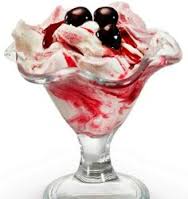 Try pouring a little Cherry Heering over ice cream for a change of pace! If you have any mixology drinks or other recipes that you would like to share that incorporates Cherry Heering, please do.
Cheers! Penina It was an uneventful Saturday. Work and organizing my home were the tasks at hand. Gloomy skies eventually gave way to some sun, but not in time to have a swim. The clock was ticking and I had to prepare for the evening. I dashed out of the house, already late for my dinner date and left my cell phone charging on the kitchen counter. As I was driving to my friend’s home, I realized my error, but actually found it quite “liberating” that I was not tied to the rest of the world for the evening. It was a lovely dinner with wine not worth mentioning here (sorry, my dear). However, the “pour” later on in the evening is worth a shout out. Taylor Fladgate 30 year old Tawny Port was the highlight of the evening, excluding the company of course. It had a beautiful dark golden color with a subtle aroma of fruity perfume and a smoky splash. I have enjoyed Taylor Fladgate in the past, but this particular bottle was quite distinctive. I tasted honey, dried apricots and nutty undertones. It was rich and satisfying with a very long finish. Bravo! Of course, now I want to try Taylor Fladgate 40 year old Tawny Port! Anyone want to share?
Enjoy the rest of the weekend! Cheers! Penina The day was beautiful and last evening was spectacular. It was a perfect blend of good friends, great food, upbeat music, lovely wines and incredible fireworks to end the evening. My hat is off to a perfect host and hostess! We started off the evening with a 2012 Cotes de Provence Rose that I brought with me. It is made from a blend of 40% Grenache, 50% Cinsault and 10% Syrah. It was a beautiful pale pink color and had a delightful floral bouquet. It was dry, crisp and quite refreshing. It was enjoyed by all. We had a sumptuous meal of grilled salmon, fresh beans, potatoes, and crisp salad with beets, all from the farmer’s market. The dinner was accompanied by lots of wine, which I will review in the next day or so. Later on, as we all nestled into our chairs to watch the fireworks, our hostess brought out a wonderful Tawny Port. It was W. & J. Graham’s port that had been aged 20 years. It was a perfect blend of nut, orange peel and vanilla and had a long silky finish. What a great way to watch the fireworks! So, now it’s time to kick back, sit by the pool and read the Sunday Times.
Cheers! Penina |
Categories
All
|


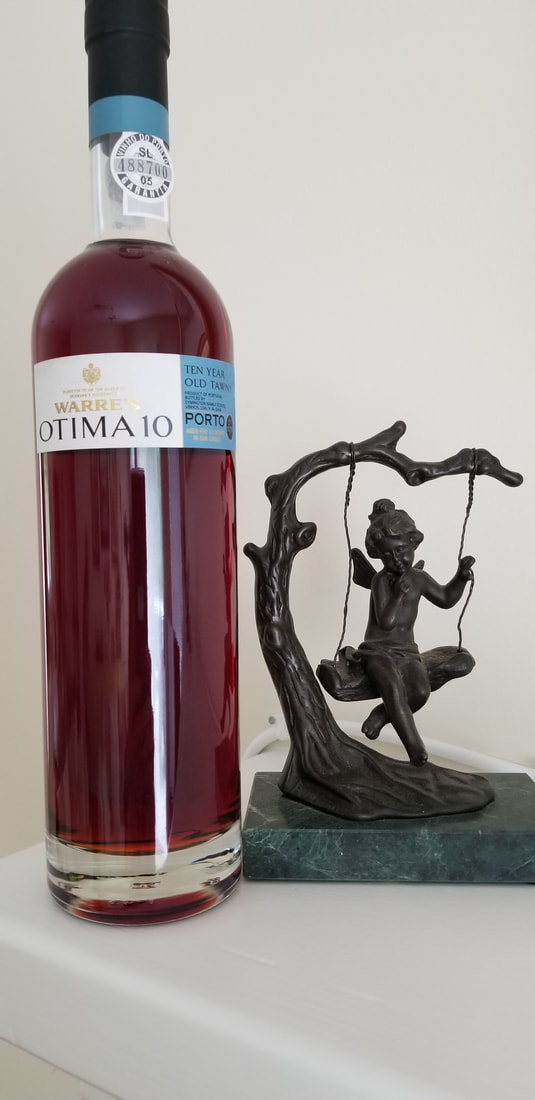
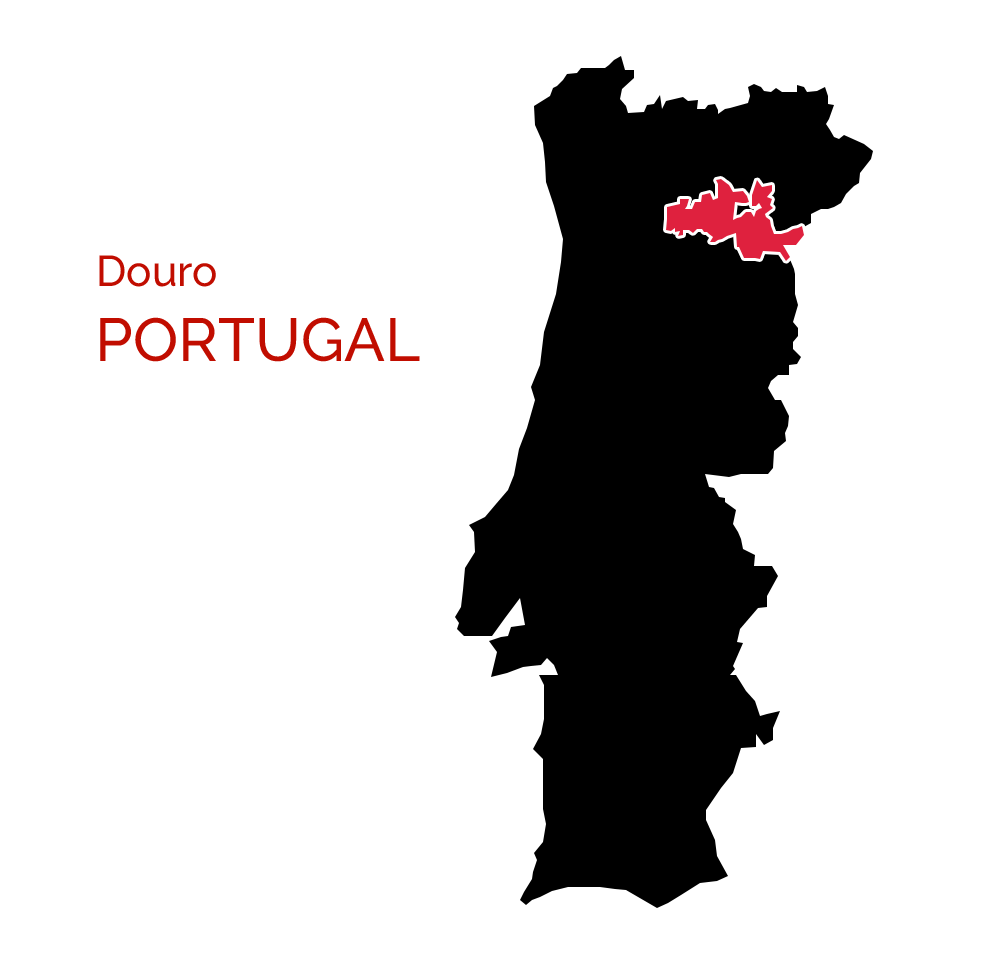
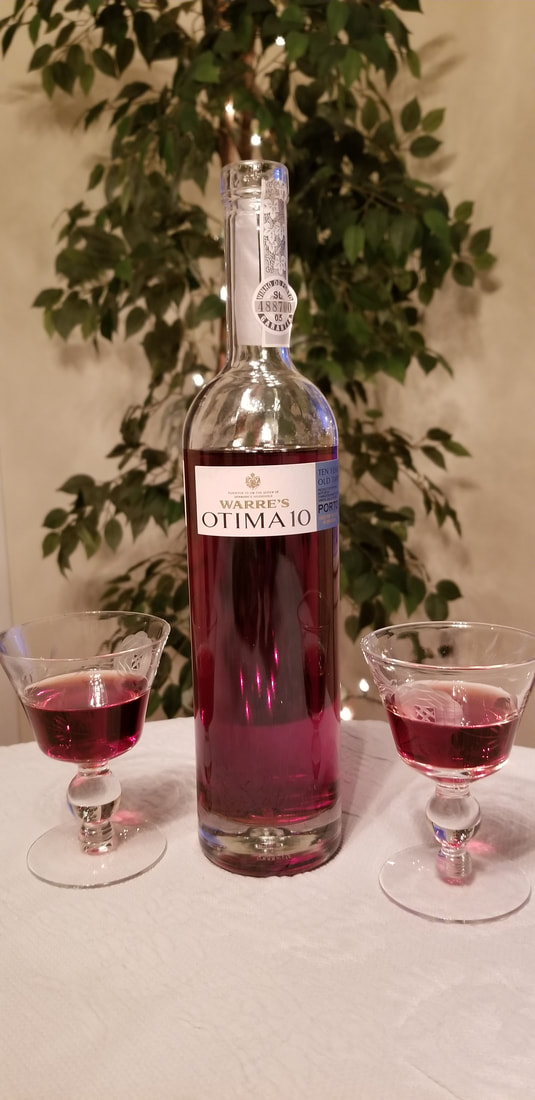
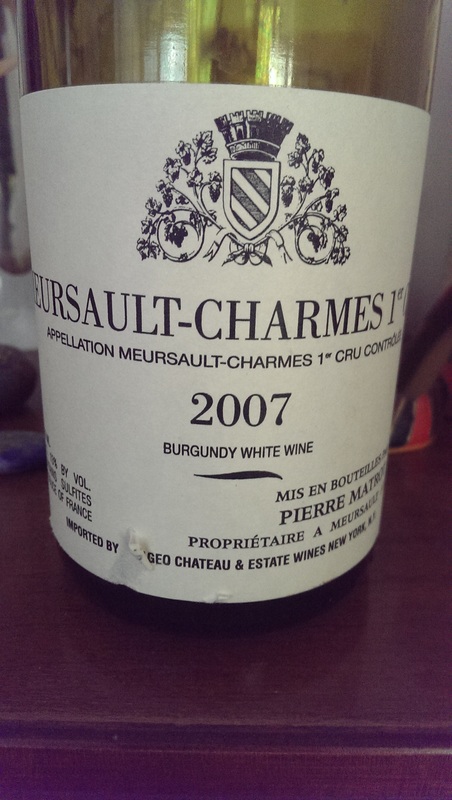
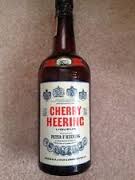



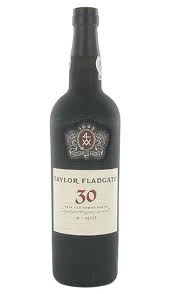
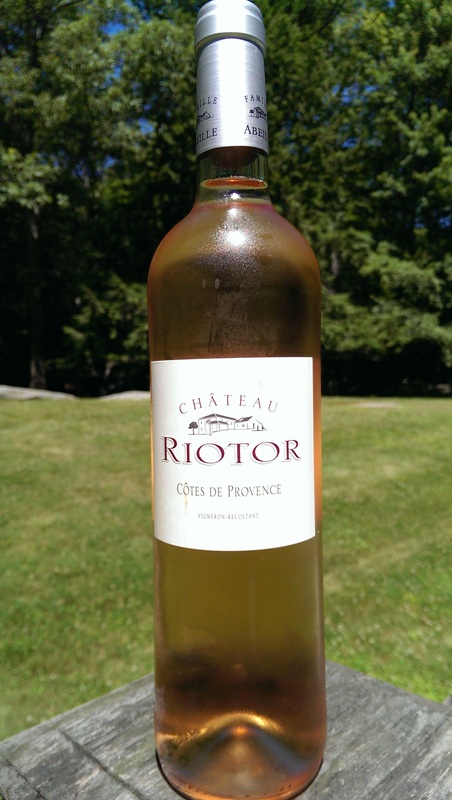
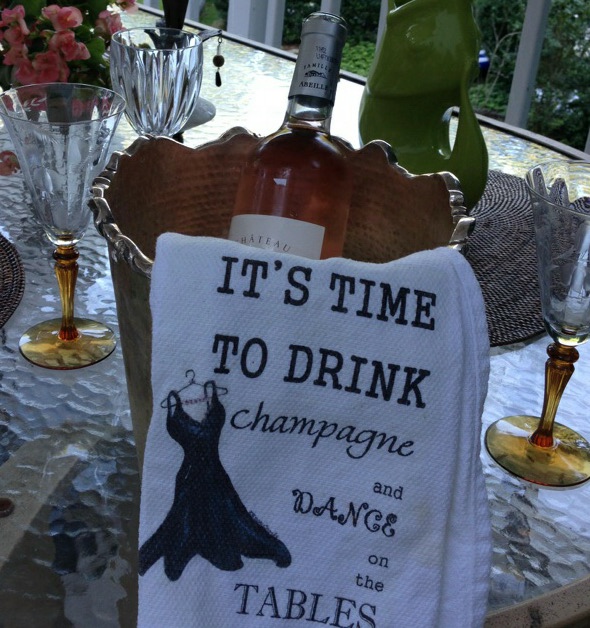
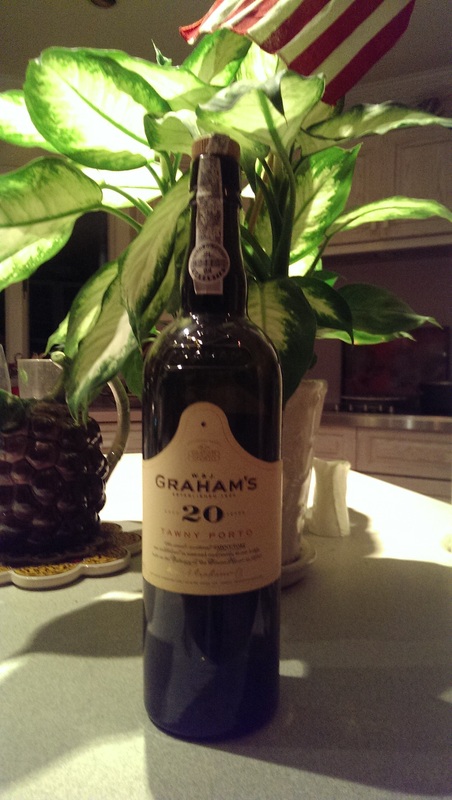
 RSS Feed
RSS Feed